The kitchen work triangle is an important concept to consider when designing your kitchen. The working triangle kitchen is the relationship of the space, cook, and prep areas.
The work triangle kitchen concept follows three forces that are usually a few feet in length; the front-to-front space, the back-to-back space, and the side-to-side (referred to as the work triangle) space.
The front to backspace is the distance from the front of a countertop to the back of the same countertop.
The side-to-side space is the distance from one wall to the next.
The front to front space is the distance from one sidewall to the other.
The kitchen triangle rule helps to design the kitchen in an organized way. In this guide, you will know all about the kitchen work triangle. However, if you want to learn about essential kitchen elements, visit the Caesarstone website.
How to Create Kitchen Work Triangle?
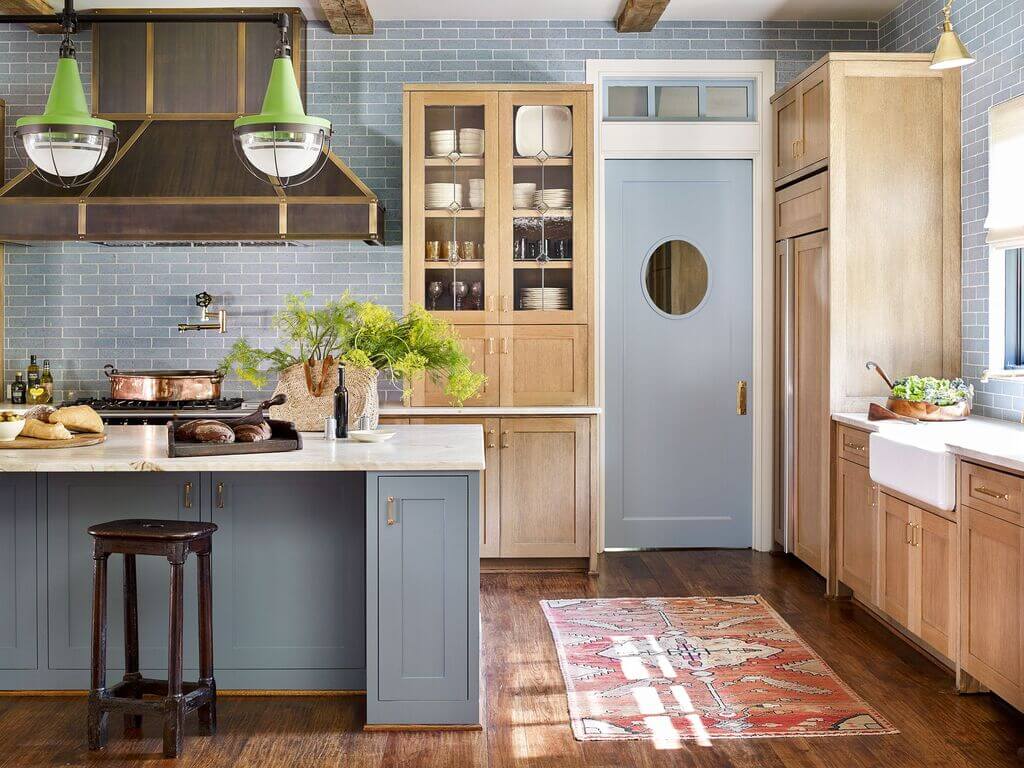
There are three different ways to create a great work triangle. First, when planning your kitchen, consider where you spend most of your time.
Make sure your cooktop is near the refrigerator and that the refrigerator is opposite and near your sink. Make sure there are clear paths leading to and from the work triangle.
By following the simple kitchen triangle guidelines mentioned below, you can create a work triangle that’s more functional, cost-effective, and well-balanced. Your kitchen will also be better organized because there will be more space for the activities you undertake.
Cooktop

The cooktop is most commonly used to provide heat for cooking, with energy consumption usually exceeding 100 kilowatts. For proper heat distribution, a traditional cooktop design requires at least one shelf above or below the center panel. The higher the shelf, the more space your cooktop will take up and the less work you can do.
Benefits of Kitchen Work Zones
The work zone approach helps you optimize your space by keeping your cooking and cleaning areas separated from each other and organizing your refrigerator and other storage in a way that allows for easy access. This may include designing your kitchen from the outside in.
For example, you might design a wall that separates your food preparation (pantry, refrigerator, sink, stove, and cooktop) from your food storage (cooler, coffee, freezer) or serving areas. You may also create an island or peninsula where the stove, sink, and refrigerator are located, instead of having them directly on your kitchen island.
Kitchen Layout
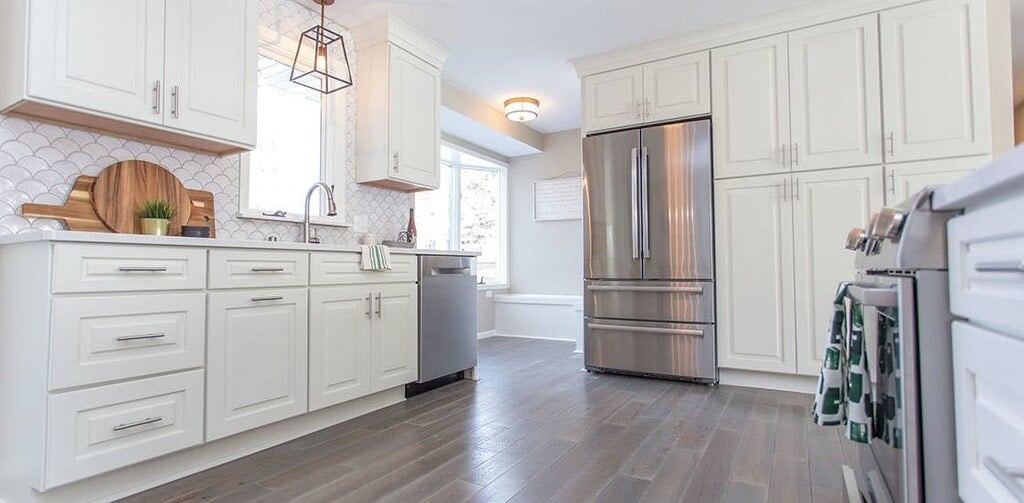
Most families have a dedicated area for cooking, a dedicated area for cleaning, and a dedicated area for a sink and a refrigerator. The kitchen layout usually includes a stovetop, sink, and separate countertop, including most of the cabinets. If possible, try to keep the cooking area, food storage, and counter space separate.
Kitchen Pantry
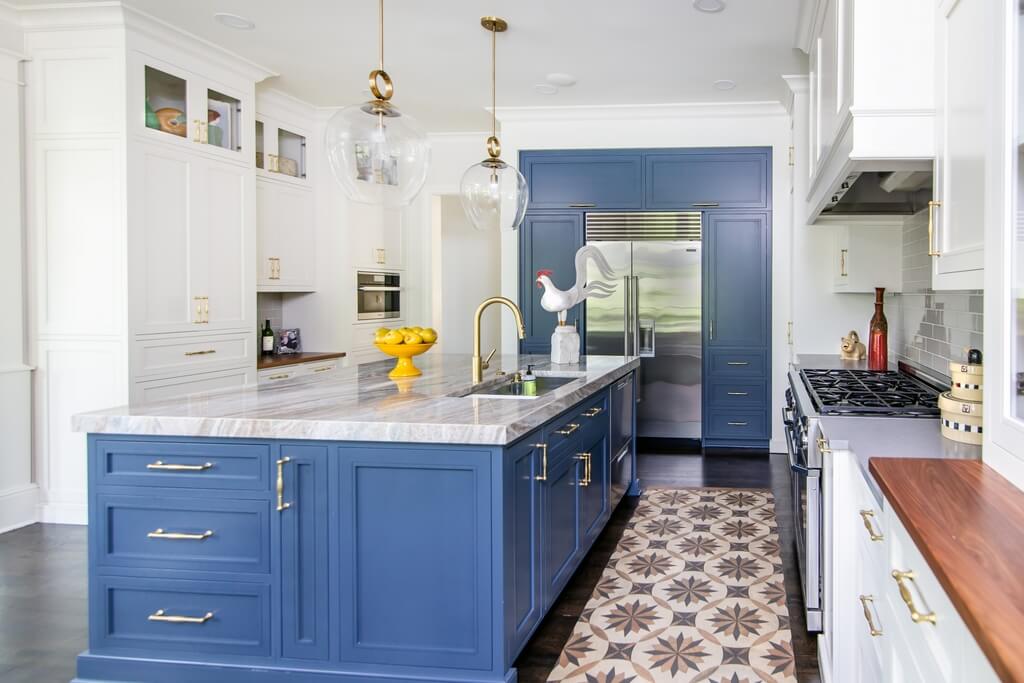
A kitchen pantry should be designed to increase efficiency and optimize space. You should work to ensure that the pantry is organized to allow you to store the necessary ingredients, food, and cooking equipment you will need to prepare meals.
Your pantry should not be the area in which you store extra kitchenware, linens, paper goods, and general household items you don’t use daily.
Countertops

A countertop is a small step up compared to a kitchen island. Think about a standard kitchen island, which is a fairly small, rectangular space with an L-shaped kitchen countertop. Now, in a standard kitchen, it can be a valuable tool to store items, like dishes, food, and appliances.
Storage of Kitchen Sink
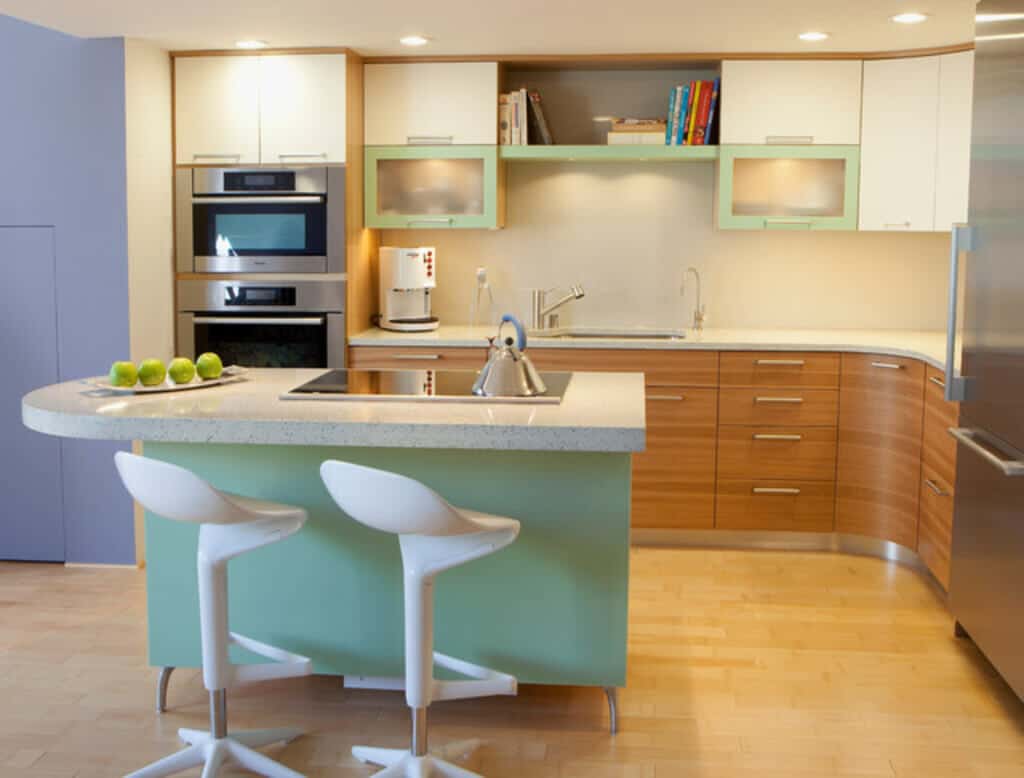
This zone is just for you. You can store your regular sink and other kitchen supplies here, like dishes, soap, dishcloths, utensil cleaning tools, trash, and more. If there is extra cabinet space, you can store items like paper towels, small appliances, hand towels, or garbage bags.
This area should not be as accessible as other zones. That’s why, generally, you don’t find a lot of non-kitchen things here, especially the things we use daily.
Preparation Area
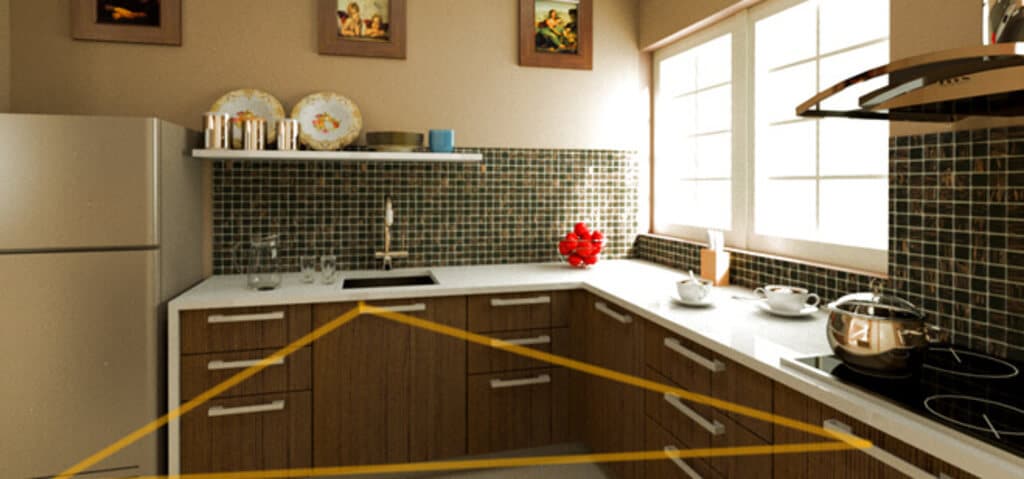
This area is typically the main prep space in your kitchen. This includes your main worktable and your utensils. It’s convenient on days when cooking. The prep storage area is generally near the sink for easy access.
Refrigerator

This area is generally used for foods that are kept cold. You’ll also store your milk, eggs, butter, juices, condiments, and more. If your refrigerator is on the main level and doesn’t make it easy to get food to the upper floor, you’ll need to set up a walk-in refrigerator or a cool food case. These can be convenient, as you can grab something on your way into a room.
Cookware
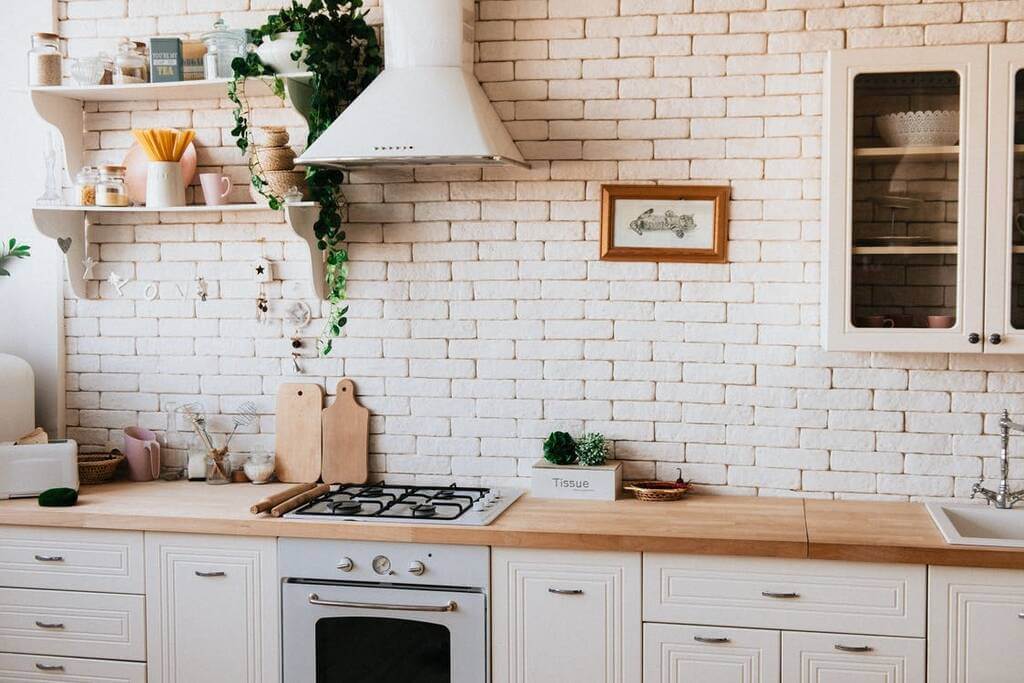
Like your pantry, you may want to place all of your cookware in one or more wall cabinets within easy reach. Make sure you have adequate space for pots and pans, or invest in a wall-mounted pot rack to keep your cookware within reach but not crowded.
Cons of Kitchen Work Triangle
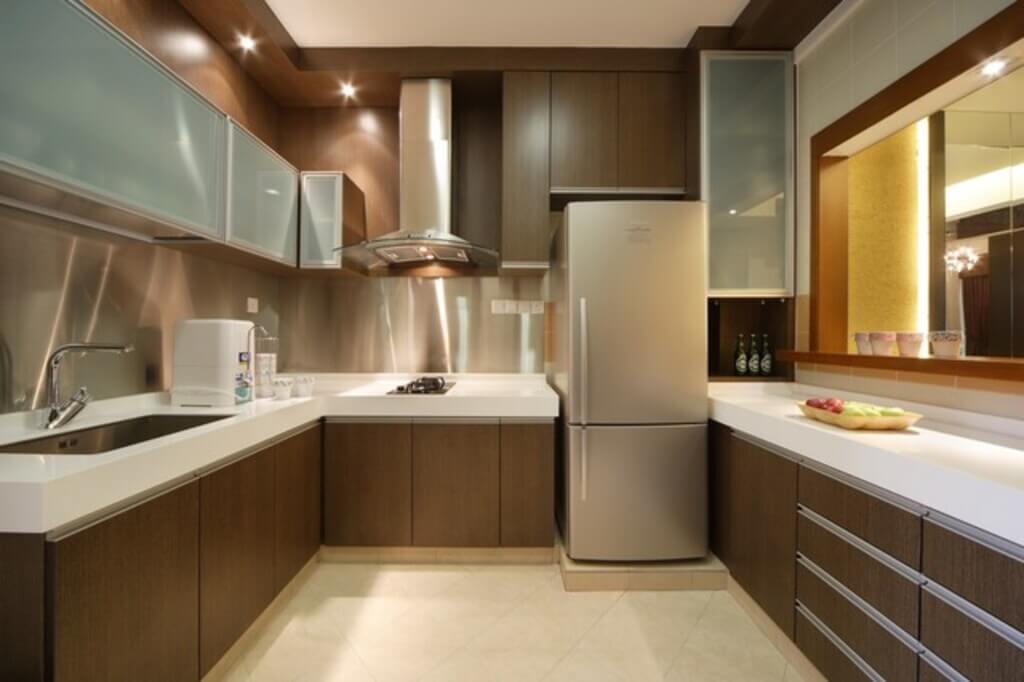
Today’s kitchens are socially-oriented, meaning there may be people cooking simultaneously. So, the triangle kitchen design is becoming less practical.
Another disadvantage is that the kitchen work triangle does not work with every kitchen layout. For extra-large or open concept in the kitchens, the triangle may not be an efficient layout either, as many come with kitchen islands or independent food prep areas, increasing the number of dedicated workstations.
Conclusion
While it’s certainly true that the basic principle behind the kitchen triangle rule still holds, the rules have now been broken. Modern design trends have pushed many of the spaces into their corners – including the kitchen work triangle. Kitchen design has embraced open, unstructured living.
The more formal kitchen work triangle is being replaced by a series of work surfaces, where cooking is more of a social activity than an industrial affair, and where the kitchen is more likely to have a relaxed arrangement of furniture, more often than not in small groups.
This has been a slow process over the last fifty years, with people gradually rethinking their approach to home life. As the trend has developed, some designers and builders have incorporated elements of the kitchen work triangle, such as worktops and kitchen islands, in their projects.
To find out more:–

